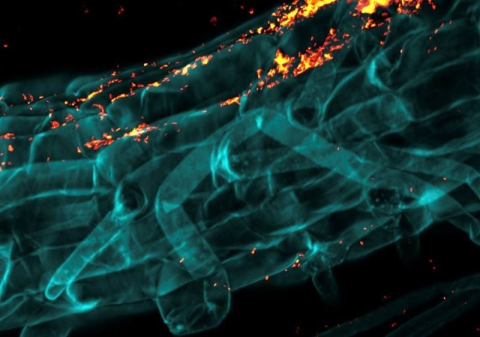
Researchers are looking below the soil’s surface to better understand how a plant thrives.
Northwestern University DOE Early Career Award recipient speeds alternative-energy discoveries.
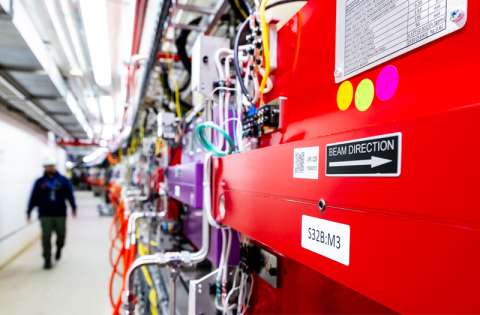
The Advanced Photon Source at Argonne National Laboratory recently underwent an upgrade that will make it more powerful than ever before.
Weill Cornell team uses powerful computing to decipher the molecular mechanics of healthy and diseased cells.
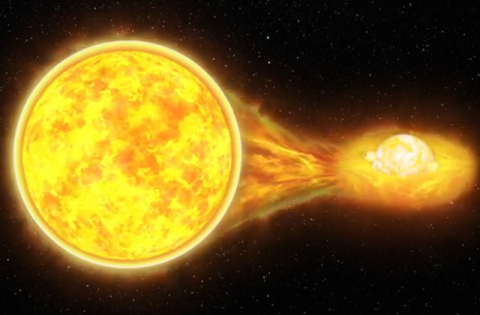
To learn more about valuable elements being made in space, researchers brought the void above to the lab below.
University of Maryland DOE Early Career researcher explores flexible, dynamic architectures for high-performance computers.
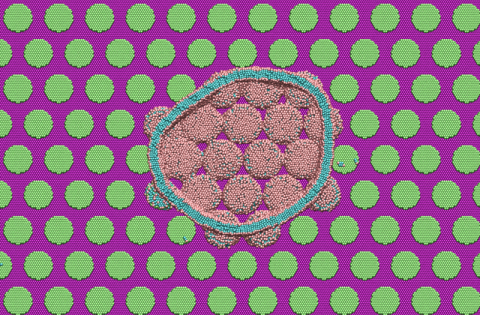
Scientists used multiple DOE Office of Science user facilities to understand the bacteria-busting properties of cicada wings.
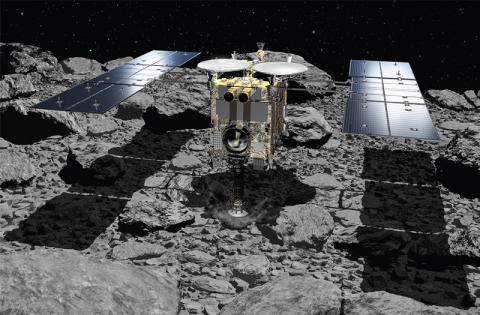
Researchers used the powerful X-rays at the Advanced Light Source to analyze a sample from the asteroid Ryugu.
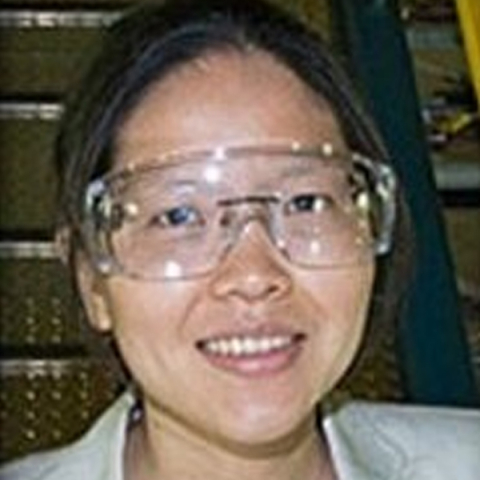
Lijuan Ruan studies the strong force interactions that occur in the quark-gluon plasma created at Brookhaven Lab’s Relativistic Heavy Ion Collider.
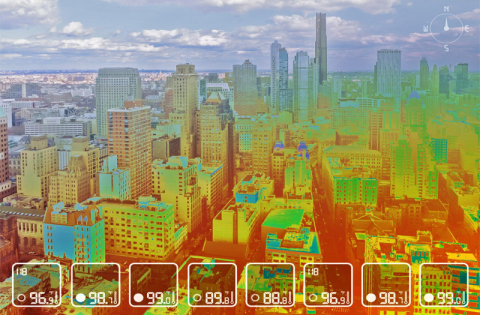
Researchers at DOE’s Pacific Northwest National Laboratory calculated how heat stress affects different groups now and in the future.

